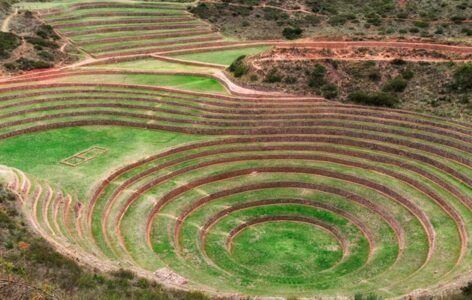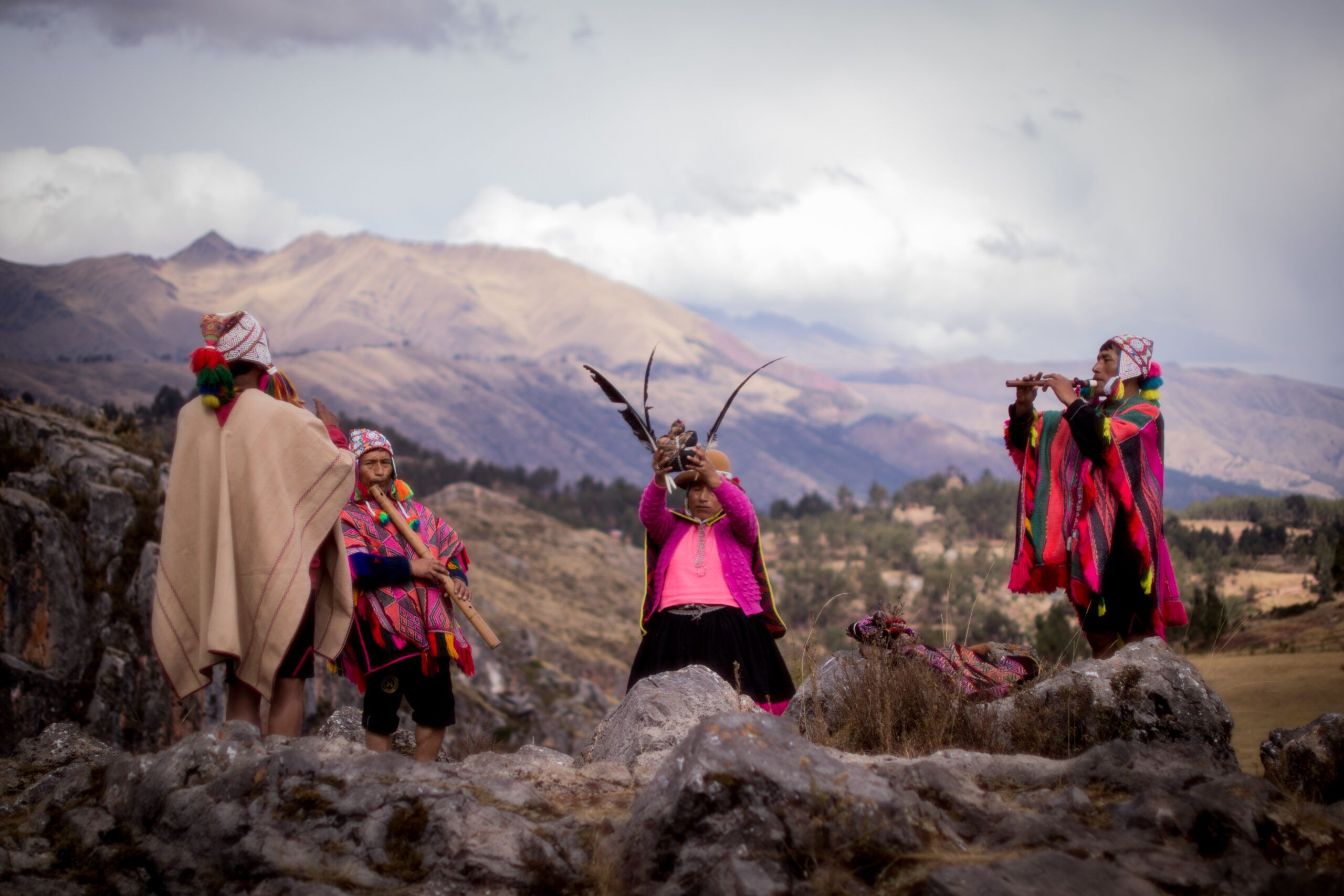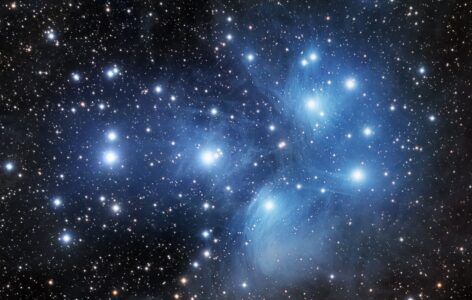A fascinating aspect of Amazonian mythology is the presence of the Inca in the beliefs of Pano-speaking peoples, such as the Shipibo, Konibo, and Huni Kuin (Kashinawa) (Moore, 2016).
The Inca as Divine Beings
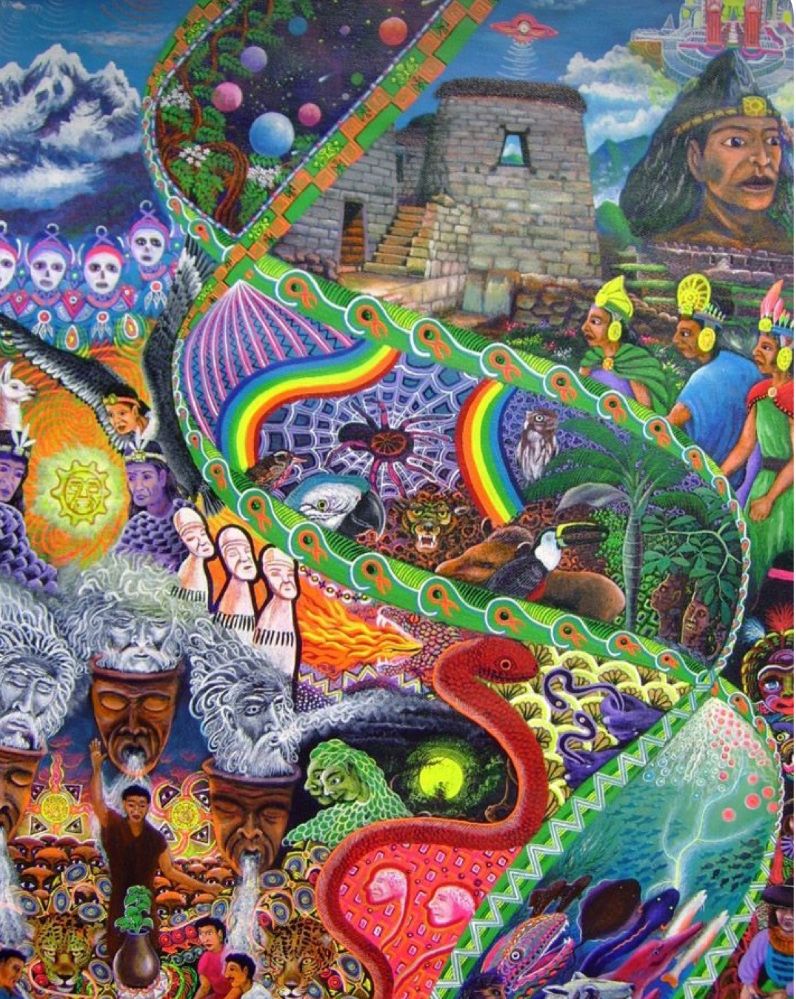
For the Shipibo, the Inka are considered sons of the Sun Father, sent to Earth in ancient times. The rulers of Cusco adopted the title Inka, meaning “Lord of Luminous Wisdom”, to designate their leaders (Favaron & Bensho, 2020).
The Shipibo describe the Inka as the first wise men—immortal beings who exist in a parallel world. They are guardians of sacred knowledge, masters of medicinal plants, and perfumed realms. Legends say they remain hidden in the jungle, where they have built subterranean temples beneath rivers and dense thickets (Favaron & Bensho, 2020).
The Inka and Amazonian Healers
According to Favaron, only the most dedicated healers (vegetalistas)—after years of strict diets, sacrifices, and purity of heart—can encounter the Inca and enter their palaces. This belief underscores the deep spiritual connection between Amazonian shamans and ancient Andean wisdom.
Pablo Amaringo and the Inka Spirit
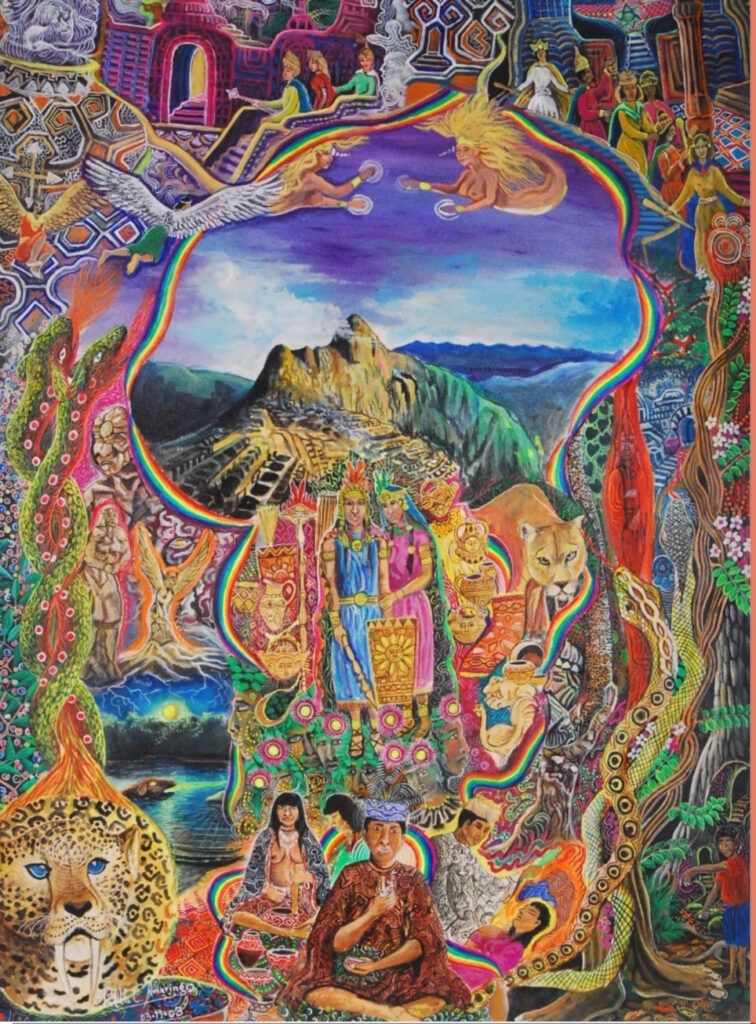
The renowned visionary painter Pablo Amaringo (1938–2009) further enriched this mythos. He founded his art school under the name Usko Ayar, representing the brother of the first Inca, Manqo Qhapaq. Amaringo believed this spirit guided his artistic and healing journey, blending Amazonian and Inka cosmologies.
These stories highlight the profound cultural richness of Indigenous peoples and the enduring connection between the Andes and the Amazon. They inspire us to keep exploring, live with humility, and honor ancestral knowledge. Perhaps the greatest treasure of the Inca is not gold—but their eternal wisdom.
Author: Joan De la Colina Román
References:
- Moore, Thomas (2016). Los Inka en las tierras bajas de la Amazonía suroccidental. Revista Andina, 54.
- Favaron, Pedro & Bensho Chonon (2020). Chaikonibo. www.siwarmayu.com.
- Xapiri (2024). Neo Amazónico: Pablo Amaringo.

